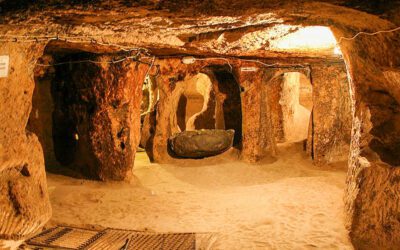Edmund Devine
The Aesir, much like their cousins the Vanir have little known about them beyond the Norse legends and the modern films put out about them. We know of the big players of that time period such as Odin but until now, through the knowledge of Dr. Robert Duncan Enzmann’s lifetime of work just how important these two peoples were in the history of man. Join me to find out just who were… The Aesir?
Who exactly were the Aesir? A deceptively simple question. Contemporary history tells us they are naught but myth akin to the Vanir, or that they are a product to be sold in modern movies. Yet as with their cousin-kin, these ancient peoples did live and proliferate during the period after 6000 BC. The Aesir were a cattle herding culture. Their primary interests lay in herding and keeping a nomadic, independent lifestyle free from the clutches of settled domesticated life. This by no means meant these people were a barbaric or uncivilized race, they were well respected and renowned for their metallurgy and rearing capabilities. They passed these gifts on to their children. The Scythians, Germanics, and Doric peoples count themselves amongst the most legendary and long-lasting craftsmen. As with so many ancient peoples, it is hard at times to keep track of their movements and exact locations, but we know that the Aesir built mounds as astronomical sites where one could take measurements and readings to accurately dictate distance, time, and seasons. These mounds were later used for burial sites. Millions of these mounds range from the far north of Sweden all the way to Korea, built with the same general dimensions, some older and some younger than the Aesir’s time, but all built by the people group that passed through these lands for millennium.
During the Grand Climate Optimum, these peoples migrated and came into contact with the Vanir who lived in the coastal regions of Europe. These cousins that split apart centuries ago went into a period of pseudo-conflicts called the War of Accommodation for some centuries which will be covered in subsequent episodes. After this conflict, the Aesir and Vanir became one people. They united their knowledge of astronomy and long-distance travel, and the Vanir’s intercontinental sailing experience with the Aesir’s herding and agricultural knowledge. As time progressed, they split once more, as they were not a single unified nation but a confederation of many brother-kindred tribes. As time drove on, they split and multiplied in number into the tribes that the Greeks, Assyrians, Romans, and other great empires of our ‘ancient’ history knew of and interacted with. The Aesir ultimately became the Celtic tribes, and the Vanir are the father of the Germanic tribes, amongst other many and varied peoples. Together they were the ancestors of the Indo-European people.




